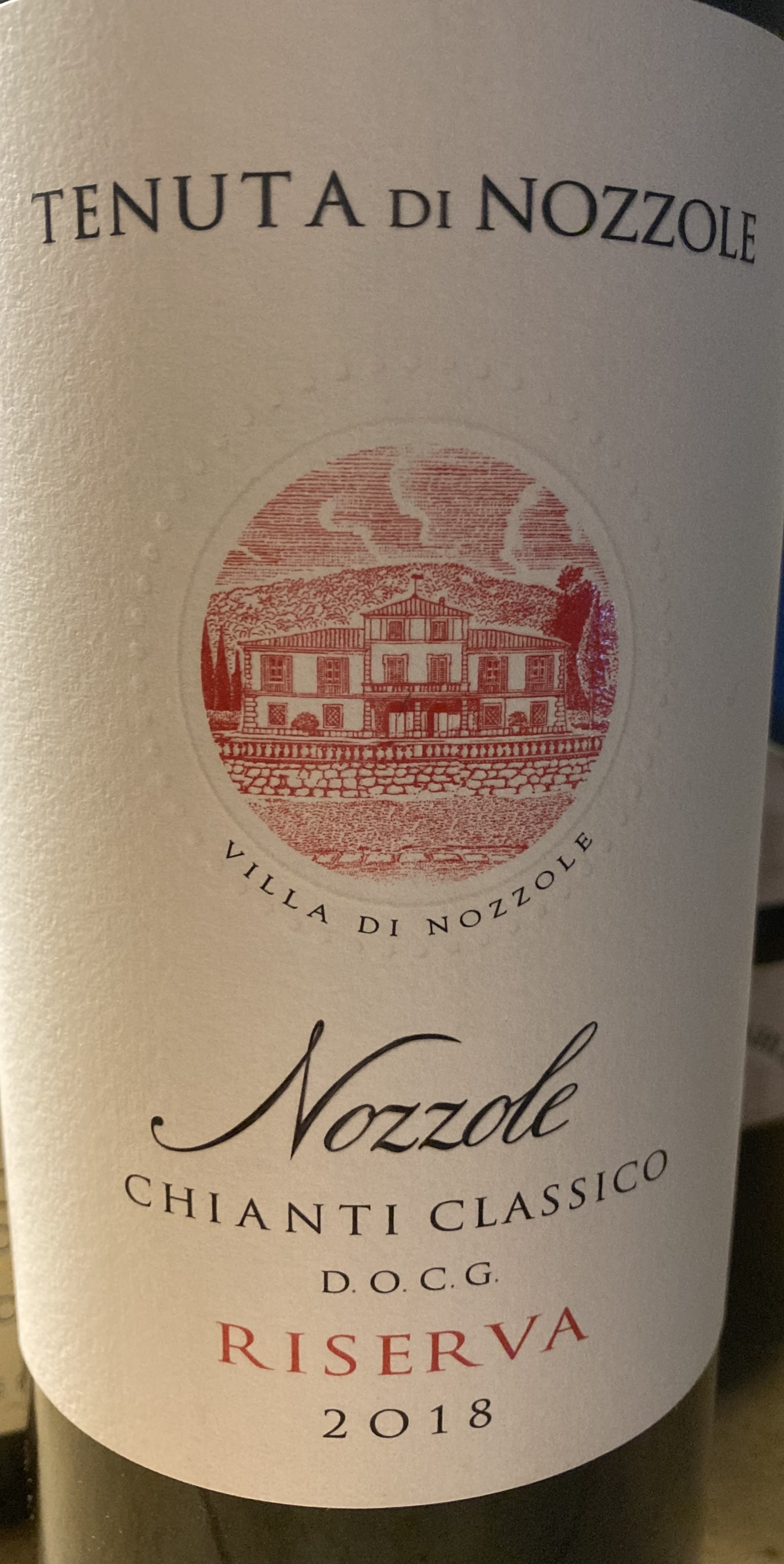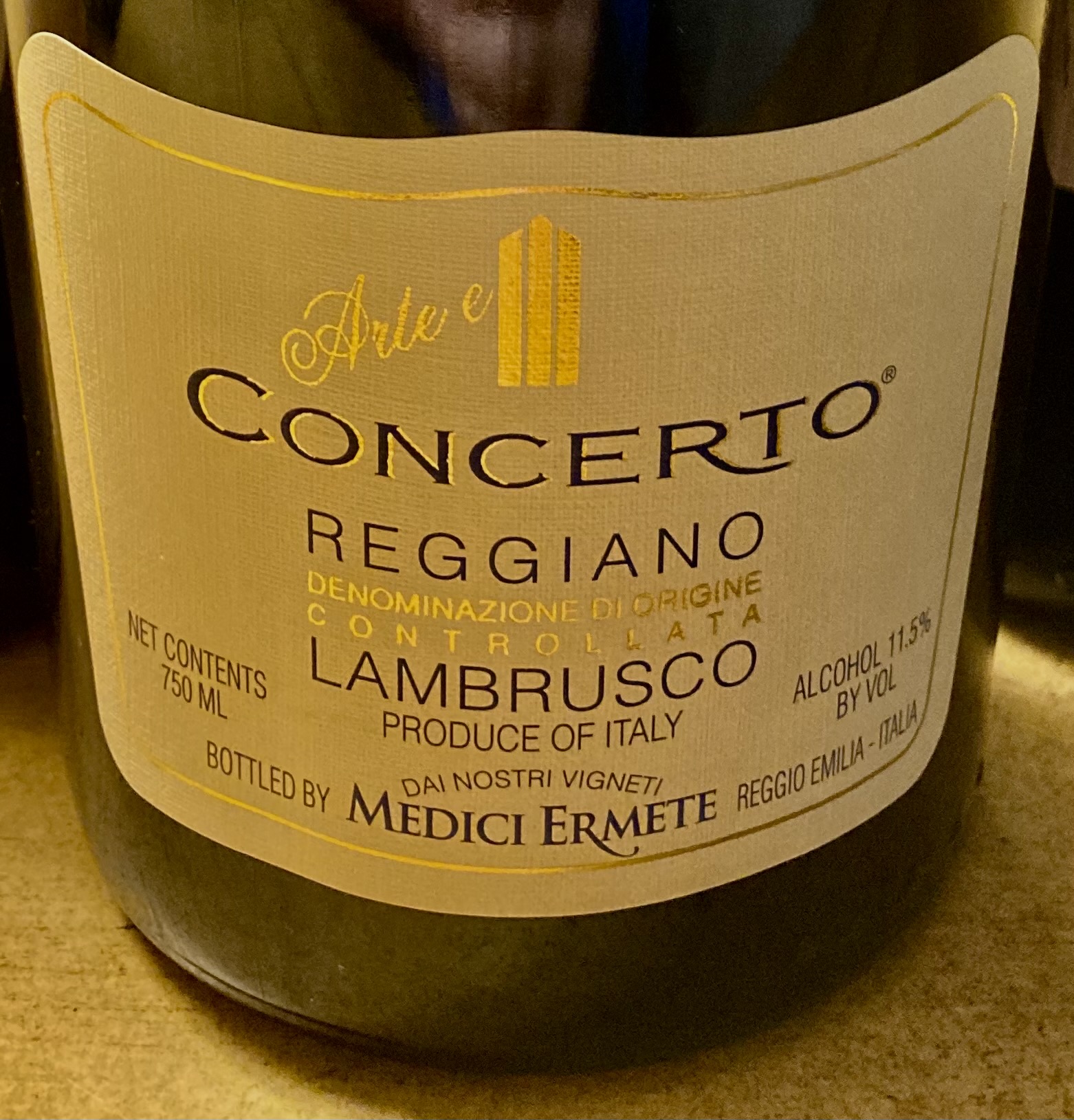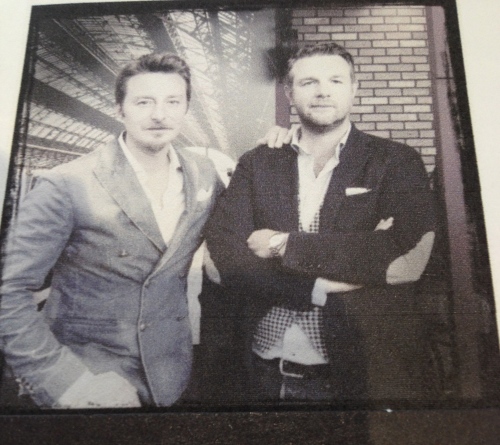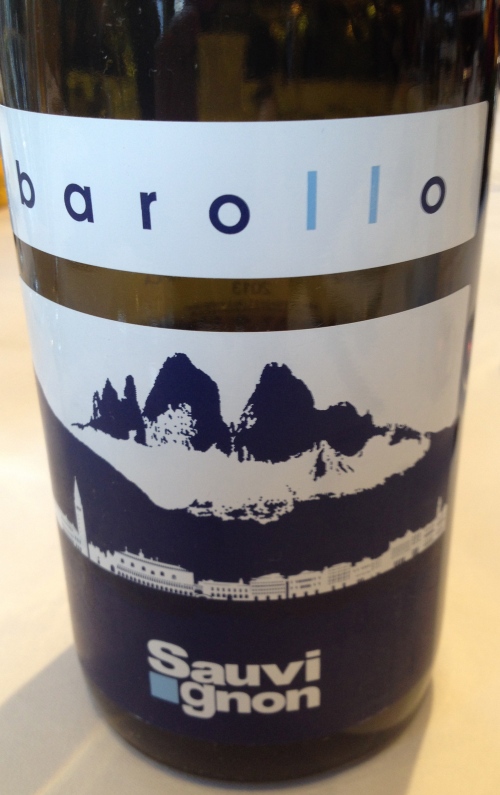I can’t imagine eating a pizza without accompanying it with a good bottle of Italian wine. Until the Covid virus came along, I was a member of a group that met once a month to drink Italian wine and eat pizza. Our conversations would focus on the best pizza and wine combinations, which wines were complemented by which pizzas, the latest wine vintages, and the latest doings at some of our favorite pizzerias.
I hope one day soon we will be able to resume our regular meetings, but even without my pizza and wine lovers group, I continue to indulge my passion for pizza and wine. I frequent a number of pizza restaurants, including Keste Pizza and Vino, Ribalta, and Norma Gastronomia Siciliana in Manhattan, and Sottocasa in Brooklyn. Not only do they make great pizza, but each has a list of wines I enjoy exploring.
Here are some of the wine and pizza matches I have enjoyed recently.

Sauvignon Blanc Friuli DOC 2019 Pighin (Friuli-Venezia Giulia) made from 100% Sauvignon Blanc. Because of the sandy subsoil, the roots of the vines go down deep resulting in richer fruit. Training system is single guyot with 4,000 vines per hectare. These hand picked selected grapes of optimum ripeness are gently pressed in a pneumatic press immediately after the harvest. This is followed by a 14 to 18 day cold fermentation in stainless steel tanks. The wine is produced without malolactic fermentation or oak aging so it is a true expression of the Sauvignon Blanc grape. This is a dry wine that has hints of citrus, sage, tomato leaf and yellow bell pepper.
 Pizza Zucchini – Topped with walnut cream, zucchini, smoked provolone and extra virgin olive oil. The fresh citrus, sage and vegetable flavors of the wine complemented the nutty, smoky and cheesy topping.
Pizza Zucchini – Topped with walnut cream, zucchini, smoked provolone and extra virgin olive oil. The fresh citrus, sage and vegetable flavors of the wine complemented the nutty, smoky and cheesy topping.
 Chianti Classico Riserva DOCG 2018 made from 100% Sangiovese Tenuta Di Nozzole (Tuscany). The vineyards are at 300 meters. The yields are kept low to obtain concentration and complexity in the wine. The grapes are hand harvested, destemmed and crushed. Fermentation takes place on the skins in temperature controlled stainless steel tanks and maceration lasts 15 to 20 days. The wine is racked into stainless steel tanks for malolactic fermentation. It is then aged for 24 months in large Slavonian oak vats followed by a minimum of 3 months in bottle before release. The wine has hints of red fruit, cherries, a touch of violets and a note of what my wife calls “sunshine on the Tuscan pines.” This is a traditional, classic Chianti from the Folonari family.
Chianti Classico Riserva DOCG 2018 made from 100% Sangiovese Tenuta Di Nozzole (Tuscany). The vineyards are at 300 meters. The yields are kept low to obtain concentration and complexity in the wine. The grapes are hand harvested, destemmed and crushed. Fermentation takes place on the skins in temperature controlled stainless steel tanks and maceration lasts 15 to 20 days. The wine is racked into stainless steel tanks for malolactic fermentation. It is then aged for 24 months in large Slavonian oak vats followed by a minimum of 3 months in bottle before release. The wine has hints of red fruit, cherries, a touch of violets and a note of what my wife calls “sunshine on the Tuscan pines.” This is a traditional, classic Chianti from the Folonari family.
 Pizza Margherita — the simplest and the best pizza in my opinion is a pizza Margherita, topped with fresh mozzarella, tomato sauce, basil and a final drizzle of olive oil. The quality of its Margherita is the true test of any pizzeria. The fragrance and richness of the fruit and the warmth of this traditional wine makes it a perfect combination with Pizza Margherita.
Pizza Margherita — the simplest and the best pizza in my opinion is a pizza Margherita, topped with fresh mozzarella, tomato sauce, basil and a final drizzle of olive oil. The quality of its Margherita is the true test of any pizzeria. The fragrance and richness of the fruit and the warmth of this traditional wine makes it a perfect combination with Pizza Margherita.
 Barbera Nizza “Cipressi” DOCG 2018 Made from 100% Barbera, Michele Chiarlo (Piedmont). The grapes are grown in a type of soil called “astiane sand.” It consists of calcareous clay marl of sedimentary marine origin, with a good presence of lime and sand, rich in micro elements, in particular magnesium. The exposure is southeast to southwest at 230 to 280 meters. The training system is guyot and low spurred cordon. There are 5,000 vines per hectare and the harvest is manual. Vinification is in steel tanks with 10/12 days maceration with the skins with a soft “shower” system of wetting the cap. Malolactic fermentation is in steel. The wine is aged for a minimum of 18 months of which 12 are in large oak casks. The wine has hints of mature cherry, violets, blackberries, raspberries and a touch of sweet spice with good acidity which makes it a very good wine with food.
Barbera Nizza “Cipressi” DOCG 2018 Made from 100% Barbera, Michele Chiarlo (Piedmont). The grapes are grown in a type of soil called “astiane sand.” It consists of calcareous clay marl of sedimentary marine origin, with a good presence of lime and sand, rich in micro elements, in particular magnesium. The exposure is southeast to southwest at 230 to 280 meters. The training system is guyot and low spurred cordon. There are 5,000 vines per hectare and the harvest is manual. Vinification is in steel tanks with 10/12 days maceration with the skins with a soft “shower” system of wetting the cap. Malolactic fermentation is in steel. The wine is aged for a minimum of 18 months of which 12 are in large oak casks. The wine has hints of mature cherry, violets, blackberries, raspberries and a touch of sweet spice with good acidity which makes it a very good wine with food.
 Pizza with Sausage, Mozzarella, Onion and Peppers — Barbera is my first choice for this pizza because the hearty combination of toppings are enhanced by the wine’s fruit flavor and good acidity.
Pizza with Sausage, Mozzarella, Onion and Peppers — Barbera is my first choice for this pizza because the hearty combination of toppings are enhanced by the wine’s fruit flavor and good acidity.
 Pinot Nero Rosé Umbria IGT 2020 Made from 100% Pinot Nero Tenuta Di Salviano. Made from a single vineyard located on the right bank of Lake Corbara in Umbria at 1,640 ft. The soil is calcareous-clayey. The farming is organic. The manual harvest starts in late August and only select bunches are chosen. Destemming does not take place so the grapes are pressed quickly. Fermentation is in steel tanks at a low temperature and then the wine spends 6 months on the lees. This is a fresh, fragrant, delicate and fruity wine with hints of red fruit, strawberry, cherry, a touch of citrus and good acidity. The estate is owned by the Incisa della Rocchetta Family, producers of Sassicaia.
Pinot Nero Rosé Umbria IGT 2020 Made from 100% Pinot Nero Tenuta Di Salviano. Made from a single vineyard located on the right bank of Lake Corbara in Umbria at 1,640 ft. The soil is calcareous-clayey. The farming is organic. The manual harvest starts in late August and only select bunches are chosen. Destemming does not take place so the grapes are pressed quickly. Fermentation is in steel tanks at a low temperature and then the wine spends 6 months on the lees. This is a fresh, fragrant, delicate and fruity wine with hints of red fruit, strawberry, cherry, a touch of citrus and good acidity. The estate is owned by the Incisa della Rocchetta Family, producers of Sassicaia.
 Foccacia — Topped with rosemary, coarse salt and extra virgin olive oil, a focaccia, while not exactly a pizza, is a close relation. With it’s simple clear flavors, I like to serve it with this delicate, fruity rose’, and perhaps some cold cuts as a starter or a snack.
Foccacia — Topped with rosemary, coarse salt and extra virgin olive oil, a focaccia, while not exactly a pizza, is a close relation. With it’s simple clear flavors, I like to serve it with this delicate, fruity rose’, and perhaps some cold cuts as a starter or a snack.
 Reggiano Lambrusco NV “Concerto” 2019 Medici Ermette (Produced at Tenuta La Rampata in Modena) Red wine, dry and lightly sparkling and fermented naturally. Made from 100% Lambrusco di Sorbara. The training system is cordon speronato and the soil is clayey. The wine is certified organic. It has hints of red fruit, strawberry, raspberry and cherry. The wine is dry and fruity with a clean finish and pleasing aftertaste. Concerto is the world’s first single vineyard vintage Lambrusco. It is served lightly chilled.
Reggiano Lambrusco NV “Concerto” 2019 Medici Ermette (Produced at Tenuta La Rampata in Modena) Red wine, dry and lightly sparkling and fermented naturally. Made from 100% Lambrusco di Sorbara. The training system is cordon speronato and the soil is clayey. The wine is certified organic. It has hints of red fruit, strawberry, raspberry and cherry. The wine is dry and fruity with a clean finish and pleasing aftertaste. Concerto is the world’s first single vineyard vintage Lambrusco. It is served lightly chilled.
 Summer Pizza–Mozzarella, prosciutto, whole grape tomatoes, basil and extra virgin olive oil, top this light and fresh pie and make a perfect combination with the lively, cool flavors of the Lambrusco. The slightly salty flavor of prosciutto di Parma enhances the combination.
Summer Pizza–Mozzarella, prosciutto, whole grape tomatoes, basil and extra virgin olive oil, top this light and fresh pie and make a perfect combination with the lively, cool flavors of the Lambrusco. The slightly salty flavor of prosciutto di Parma enhances the combination.
I hope you will enjoy these pizza and wine combinations.























